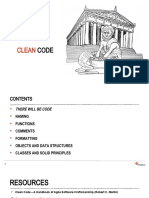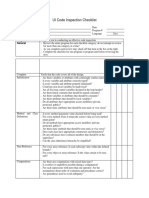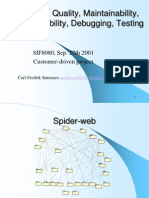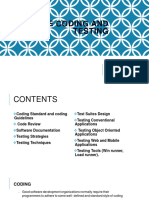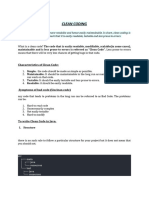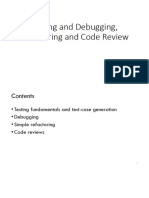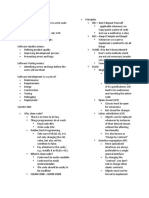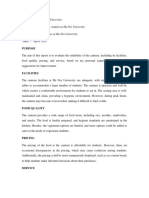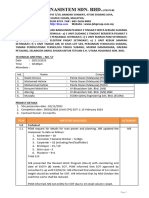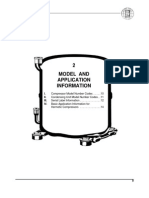0% found this document useful (0 votes)
59 views32 pagesLecture 6 - Code Quality
The document discusses Software Quality Assurance with a focus on source code review, emphasizing the importance of code quality and maintainability. It outlines best practices for organizing software projects, managing relationships among components, and writing clean code, including meaningful naming conventions and function design principles. Additionally, it highlights the significance of code readability and formatting for effective software development.
Uploaded by
Thùy Ngân PhanCopyright
© © All Rights Reserved
We take content rights seriously. If you suspect this is your content, claim it here.
Available Formats
Download as PDF, TXT or read online on Scribd
0% found this document useful (0 votes)
59 views32 pagesLecture 6 - Code Quality
The document discusses Software Quality Assurance with a focus on source code review, emphasizing the importance of code quality and maintainability. It outlines best practices for organizing software projects, managing relationships among components, and writing clean code, including meaningful naming conventions and function design principles. Additionally, it highlights the significance of code readability and formatting for effective software development.
Uploaded by
Thùy Ngân PhanCopyright
© © All Rights Reserved
We take content rights seriously. If you suspect this is your content, claim it here.
Available Formats
Download as PDF, TXT or read online on Scribd
/ 32















